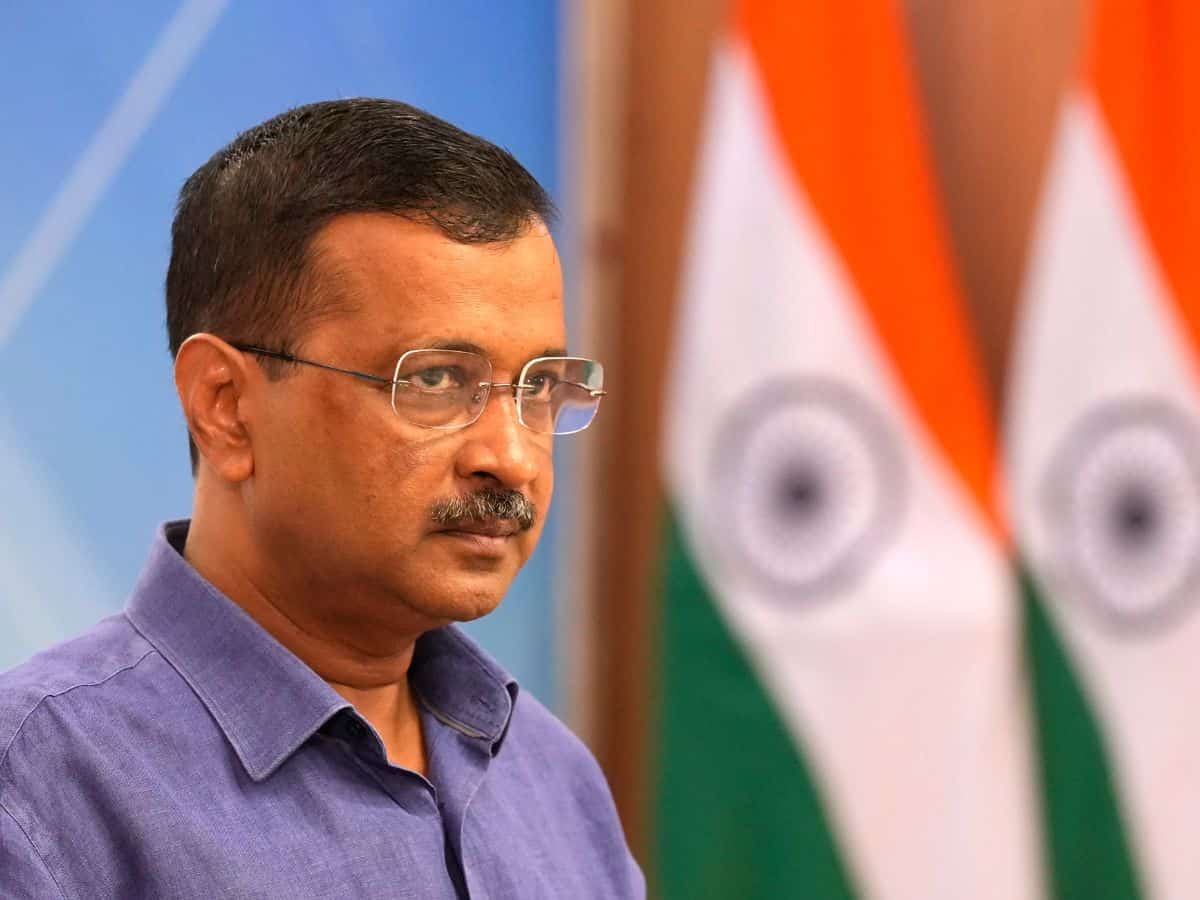
During his entire tenure, Odisha Chief Minister Naveen Patnaik had lived in his ancestral home. Now as leader of Opposition, he continues to stay there. He was just not bothered to ask for and occupy an official bungalow which each state sets aside for the top political person running the government.
Likewise, Mamata Banerjee lives in her place where she has lived for long, never mind the security nightmare for those watching over her.
Arvind Kejriwal is yet another chief minister who would have—at least initially—loved to stay in his personal residence, but it did not come to be because he had no apartment or bungalow of his own. When he was sworn in in 2013, he was living with his wife in an apartment assigned to her by the department she was working in—the Income Tax.
Kejriwal could not have stayed on because political work is discouraged in an employee’s official quarters. Kejriwal had resigned when he founded the Aam Aadmi Party, and thus, technically, he was entitled to reside there as a spouse. When he quit his chief minister’s post towards the end of his third term, he was homeless.
Patnaik probably did not leave his ancestral house because he found it as comfortable as an old shoe. The flip-flops-wearing Mamata may not have accepted an official bungalow in Kolkata because she is both simple and idiosyncratic. Trappings of office probably matter little to her as much as official power does.
But generally, to politicians The Bungalow is an attainment.
Kejriwal does not own one of his own and many offered to let him stay in accommodation they could spare. Despite all that is said, there are his bhakts too and the rush of offers came in as soon as he announced his resignation.
Now a new controversy could start focusing on the fact that he has opted to live in an MP’s residence as a “guest”. The MP, Ashok Mittal, is an MP from the Aam Aadmi Party. It is not clear if the guest and the host would stay together. If only the guest remains, it could attract some provisions relating to the allocation of official residences by the Central PWD.
But who is afraid of controversy, especially if the person at the centre of it is Arvind Kejriwal? He revels in it and the more of it the better for him. Kejriwal’s housing has always been a subject of discussion and even controversy. The last residence he occupied at No. 5, Flagstaff Road, has been shrouded in controversy ever since its repairs and renovation were taken up. Should a CM spend some Rs 40cr to get his residence done?
The jury is out on that – who ordered or suggested it? How much was the chief minister entitled to spend on such work, and was the expenditure actually what is touted to be in the public domain, especially during the hoarse denouncement by the Bharatiya Janata Party? Surely someone would probe it to its depth and we will know it all but later.
When Kejriwal took office, he wanted the common man’s elected representatives not to live a lavish life – or in very comfortable residences and be happy in smaller government flats. He backed it by using his own WagonR which stopped at traffic signals and was not preceded by a pilot car or visible security. He was just another guy in another car.
A combination of shock and amusement to people used to the VIP or entitled class’s culture. That was both a shock and amusement to the people. We can recall how a security detail followed the son and his friend in Rajasthan when the two young men were out to shoot a Reel for social media. Across the country, the public is irked by the VIPs but has learned not to expect anything else.
When Kejriwal moved into an official residence years ago, he set aside a part of it as a camp office, he was mocked. A minister or chief minister needs certain insulation from intrusion and he constantly meets people and officials often at short or no notice. Staying in an ordinary flat is an inconvenience and affects efficiency. While mocking him for his decision to occupy an official residence, people forgot that a politician’s family deserves its privacy as well.
Delhi has no official earmarked bungalow for a chief minister. Right from the first chief minister of Delhi, the Madanlal Khurana, any building allocated became the chief minister’s official residence. Sushma Swaraj, Sheila Dixit, and their predecessors have had their official residences in different locations. Khurana initially stayed in his four-bedroom flat with a single room on the ground floor used as a home-cum-office. Much later he used the allotted building as his office and stayed on in his flat.
No one screamed at these politicians then as much as they did and do at Kejriwal, actually a child now of controversies. We still do not know if the confessed short-term chief minister Atishi would move into Kejriwal’s Flagstaff Road residence. If she had kept Kejriwal’s chair in his office literally vacant for him – like Bharat kept the throne for Ram for 14 years – it is likely she would not have moved in.
